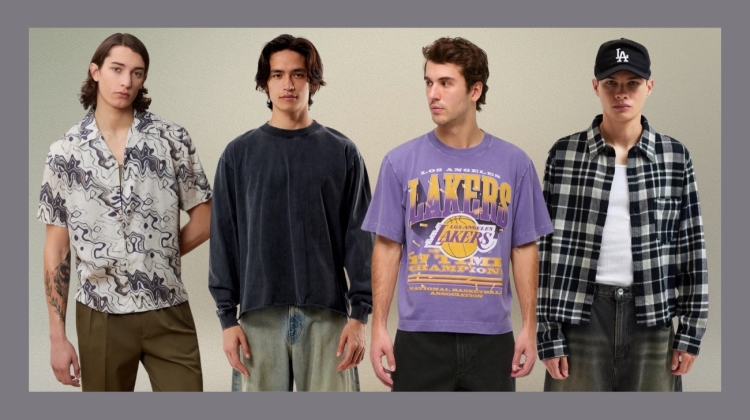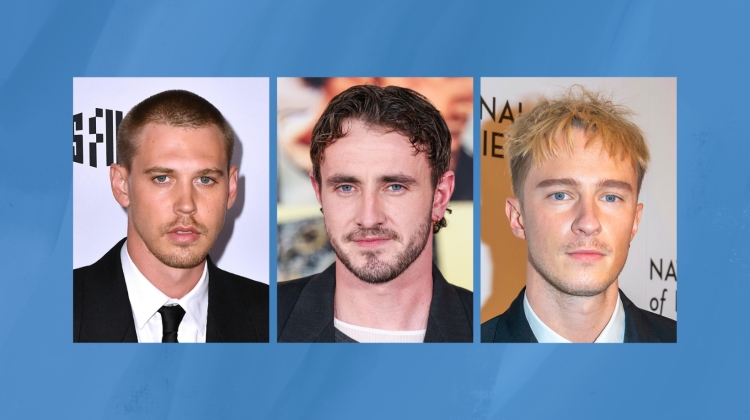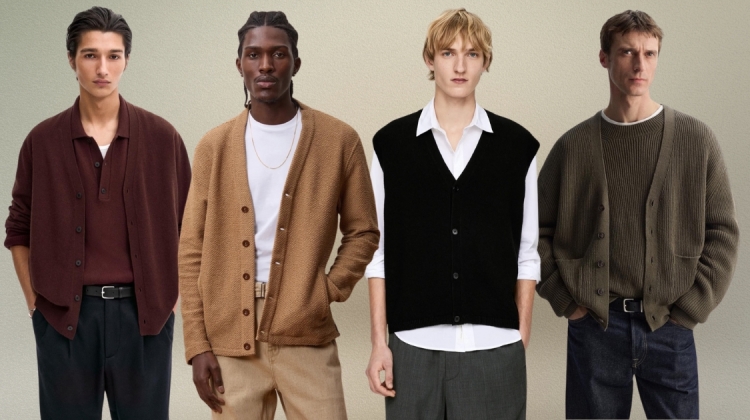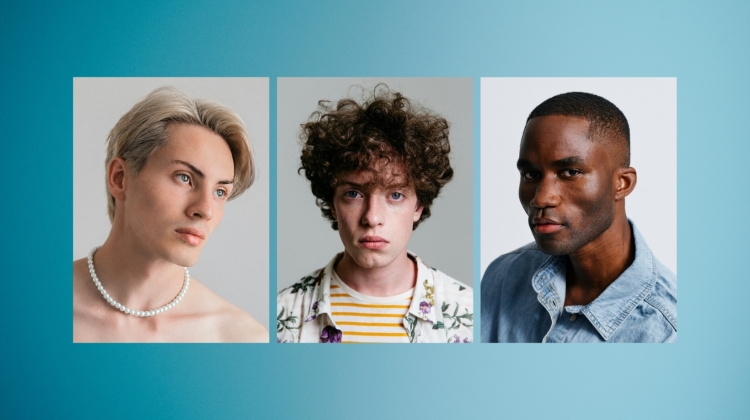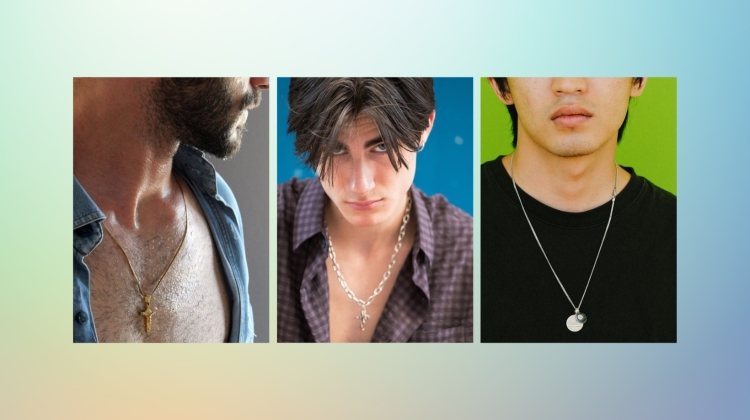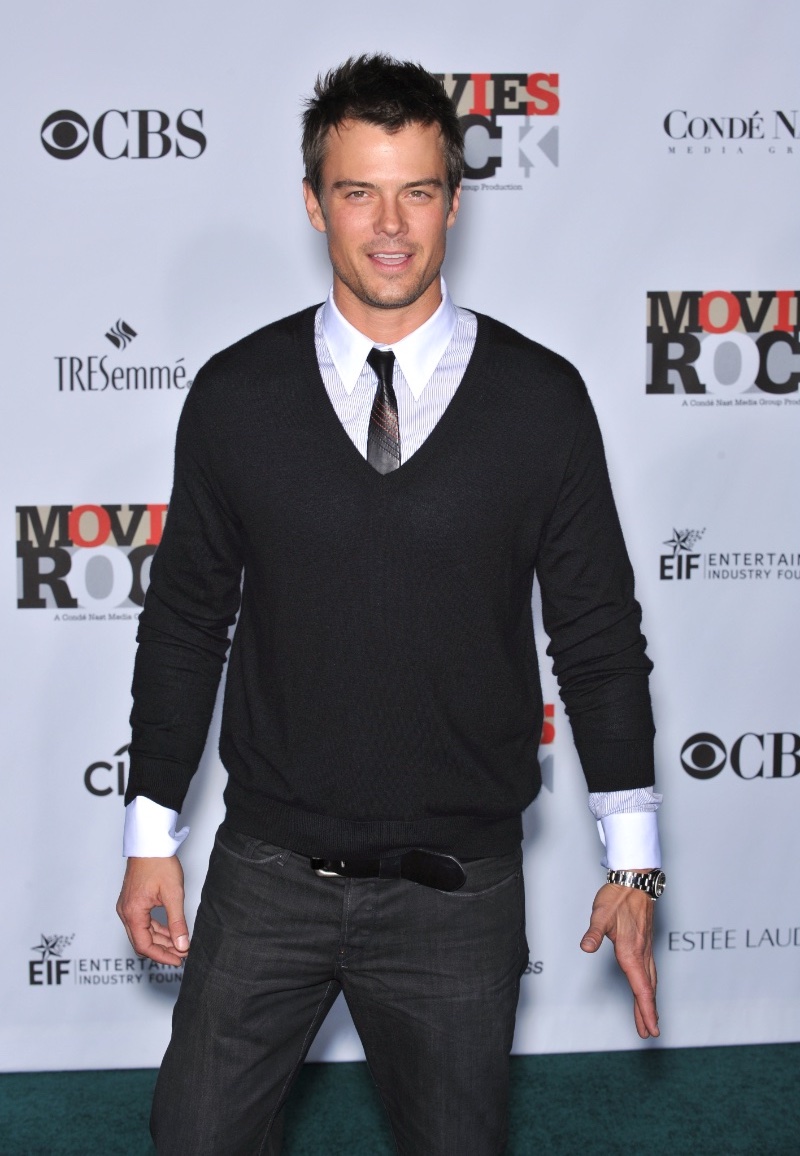
The turn of the millennium ushered in an era of unprecedented social transformation and cultural shifts, shaping a vibrant, novel trajectory in 2000s fashion for men. This was a time defined by the digital revolution, the explosive popularity of reality TV, the resurgence of boy bands, and the burgeoning influence of pop-punk music—all casting myriad influences on the fashion world.
2000s Fashion for Men: An Explosion of Diverse Style
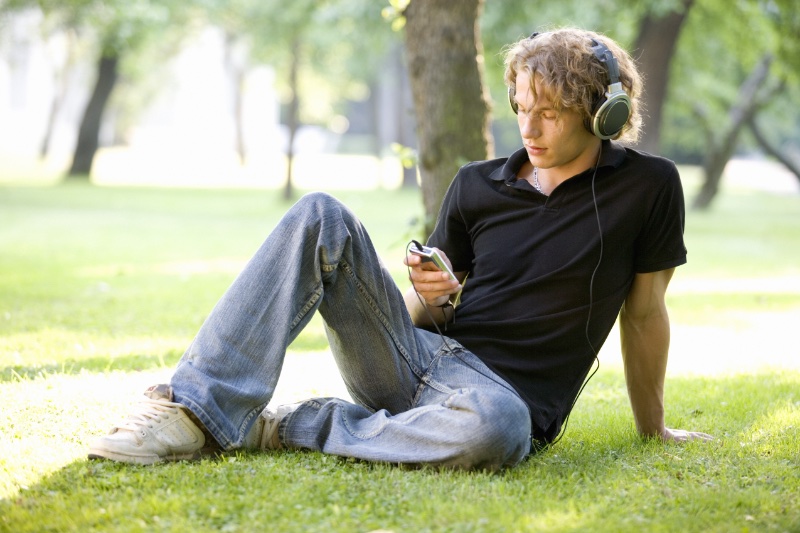
As the new millennium dawned, it brought a digital revolution that dramatically reshaped our social fabric. From the nostalgic dial-up tones of AOL transitioning to high-speed DSL from local providers to the mobile music revolution ignited by the iPod, our means of connecting to the internet and consuming media evolved drastically during the 2000s.
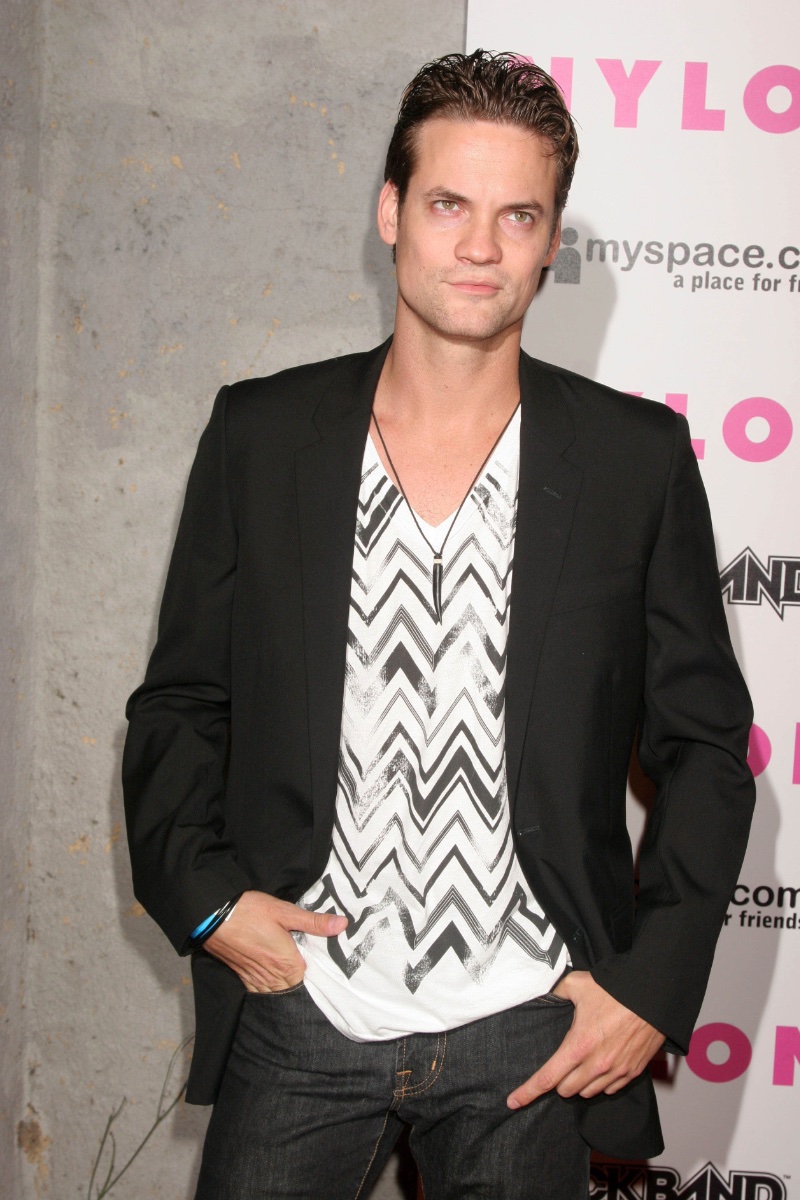
This decade was marked by the rise of pioneering social networking sites such as Myspace and Facebook and the ubiquity of instant messaging services, weaving a web of digital connectivity that drew the world closer than ever before.
Revolutionizing Fashion Consumption
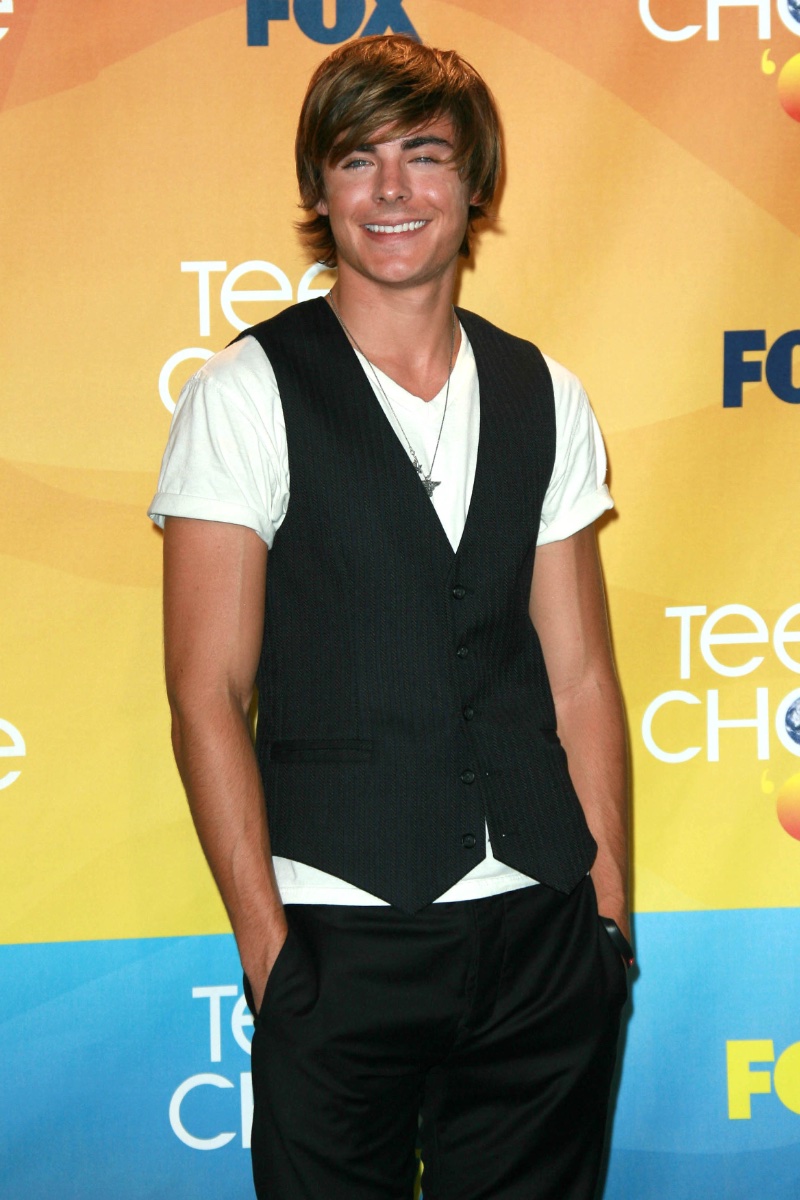
This rapidly transforming digital landscape revolutionized our modes of communication and profoundly influenced our shopping habits. The transition from slow, intermittent internet connections to seamless, high-speed access facilitated the boom of online shopping, setting the stage for the swift emergence and evolution of fashion trends.
This digital revolution led to an unprecedented rate of style innovation, leaving a profound mark on men’s fashion that continues reverberating in today’s style choices. Online shopping graduated from a novelty to the norm during this decade, setting a swift pace for the emergence and evolution of fashion trends.
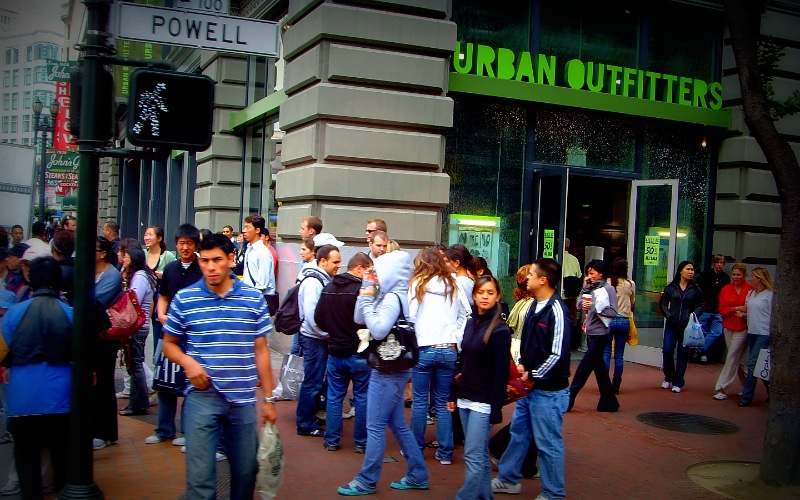
Brands and stores like Aeropostale, Urban Outfitters, and American Eagle rode this wave of the digital revolution, leveraging these platforms to reach a wider audience and define their unique brand identities. These brands left a memorable mark on the fashion landscape, from Aeropostale’s preppy casual wear to Urban Outfitter’s eclectic chic and American Eagle’s quality denim.
The internet’s transformative impact fundamentally changed how fashion was consumed. It introduced us to a world where styles and trends were shared and discovered in stores, chat rooms, social media walls, and email chains.
This seismic shift allowed men’s fashion to evolve in dynamic, unprecedented ways, leaving a lasting legacy that continues to influence style choices today. So, let’s explore the early 2000s, excavating the key trends, revolutionary influences, and iconic fashion staples that defined this dynamic fashion decade.
Streetwear: Trucker Hats & Bold Graphics
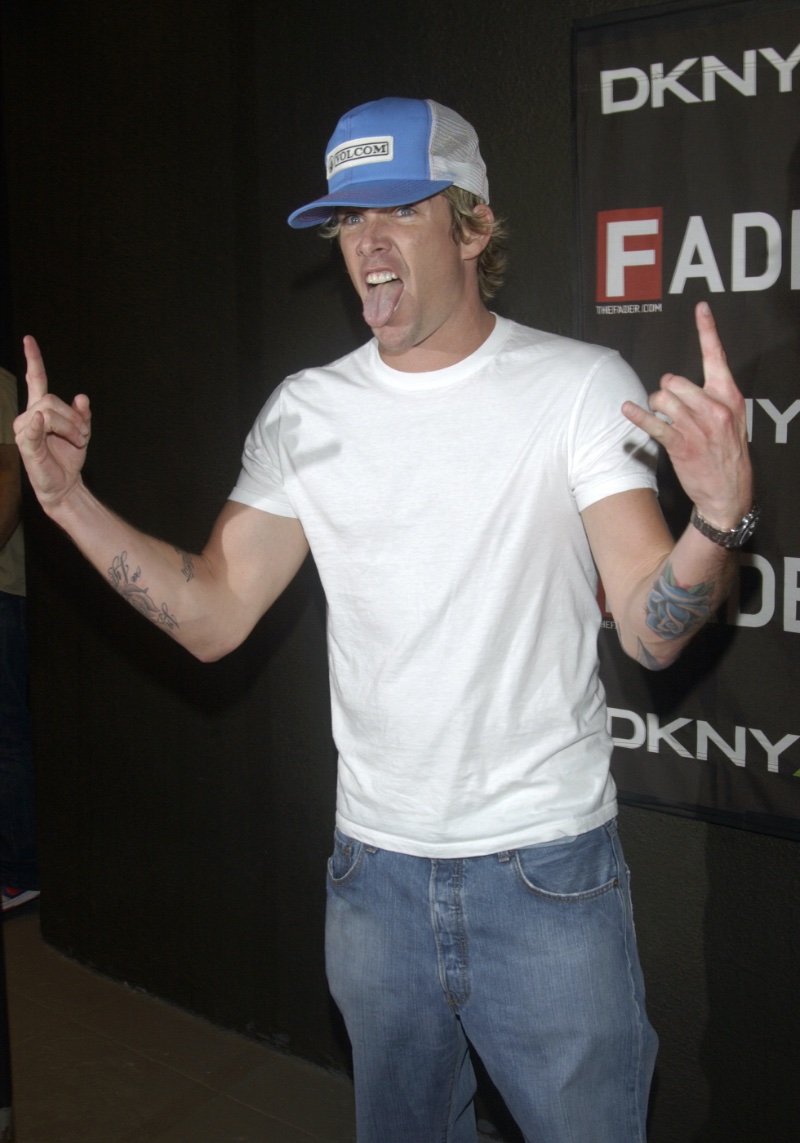
The 2000s witnessed the rise of streetwear culture, bringing a range of bold and expressive fashion choices. One notable trend that took the fashion world by storm was the popularity of trucker hats.
Trucker caps, characterized by their high crown, curved brim, and mesh rear panels, symbolized casual coolness. While brands like Von Dutch dominated the scene back then, the modern-day reinterpretations of trucker hats offer a fresh take on this nostalgic accessory.
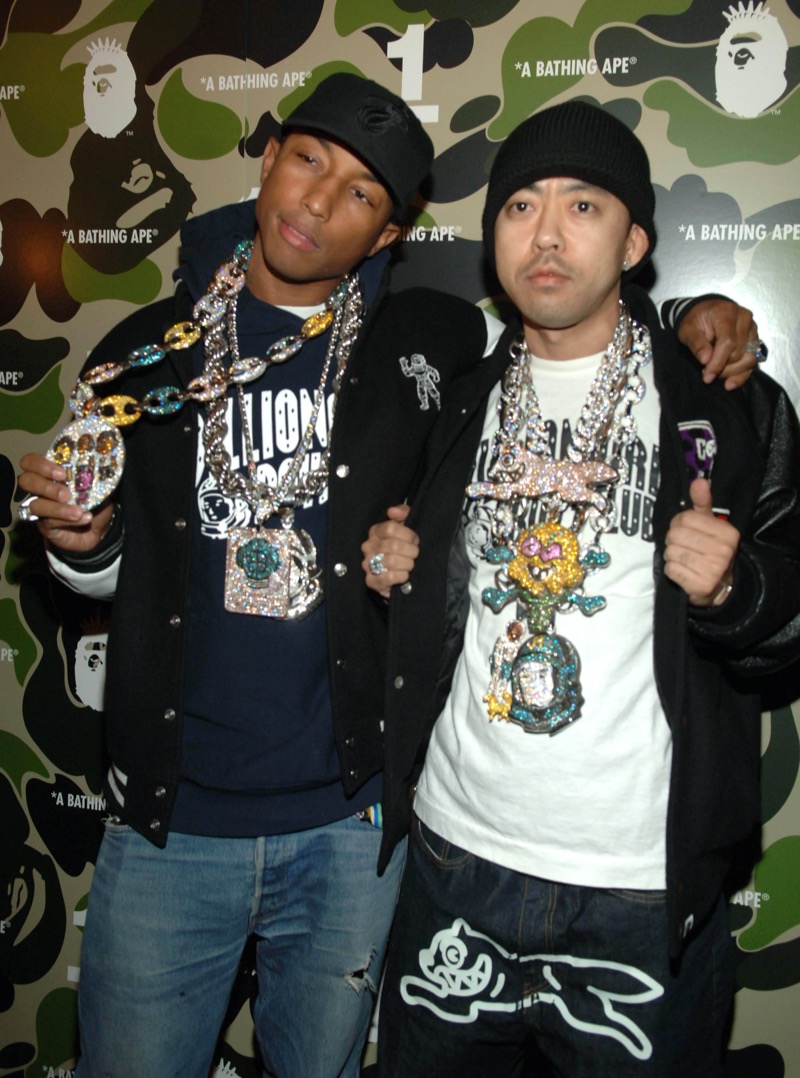
Another trend that defined the streetwear aesthetic was bold, urban-inspired graphics. Brands like A Bathing Ape (BAPE) and Billionaires Boys Club embraced this bold and eye-catching style. All-over prints, ranging from camo prints to monograms, were also popular.
Graphic Tees: Bold & Expressive
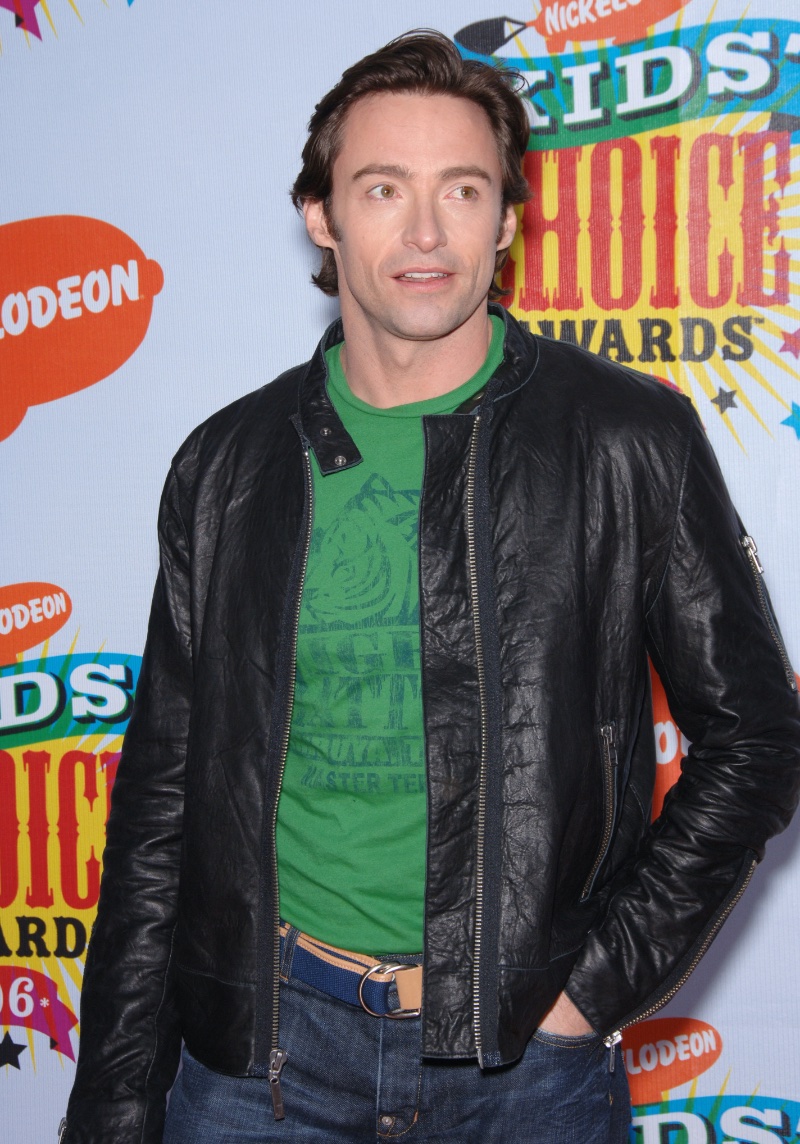
Graphic tees experienced a surge in popularity. These t-shirts, often emblazoned with large, bold prints, brought a new level of expressiveness to casual men’s fashion.
From striking art prints to brand-centric designs, graphic tees became integral to a man’s wardrobe, celebrating personal style and individuality.
Fast Fashion: The H&M Phenomenon
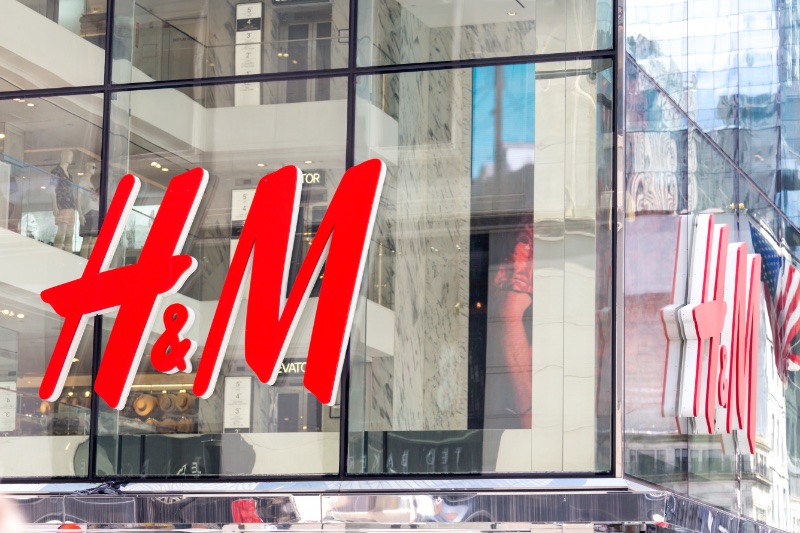
The 2000s marked a significant shift in the retail industry with the rise of fast fashion, and leading the charge was Swedish retail giant H&M. The brand gained tremendous popularity, revolutionizing the fashion landscape by making trendy, affordable clothing accessible to a broader audience.
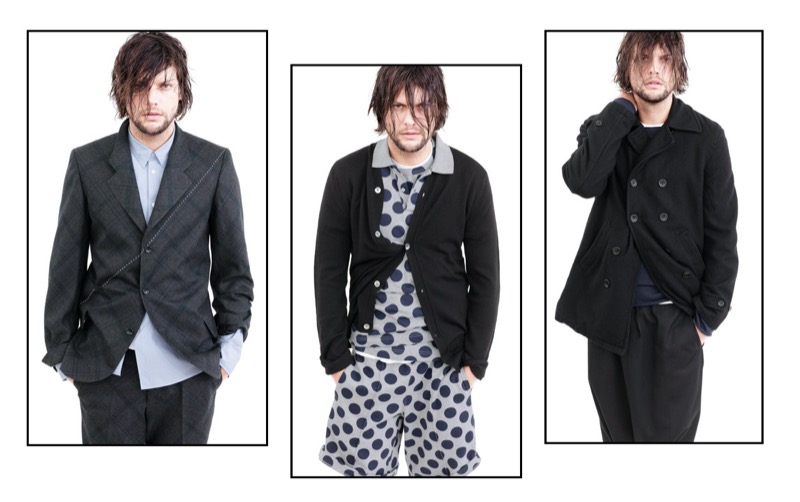
H&M was a magnet for style-conscious individuals seeking to keep up with ever-changing fashion trends without breaking the bank. The brand’s meteoric rise was characterized by rapid global expansion, with an ever-increasing number of stores opening across the United States.
From collaborations with high-end designers to introducing sustainable fashion lines, H&M’s influence on fashion is undeniable. The brand left a lasting impact, not just on how we shop but on how we perceive and engage with fashion trends.
The Resurgence of Skinny Jeans
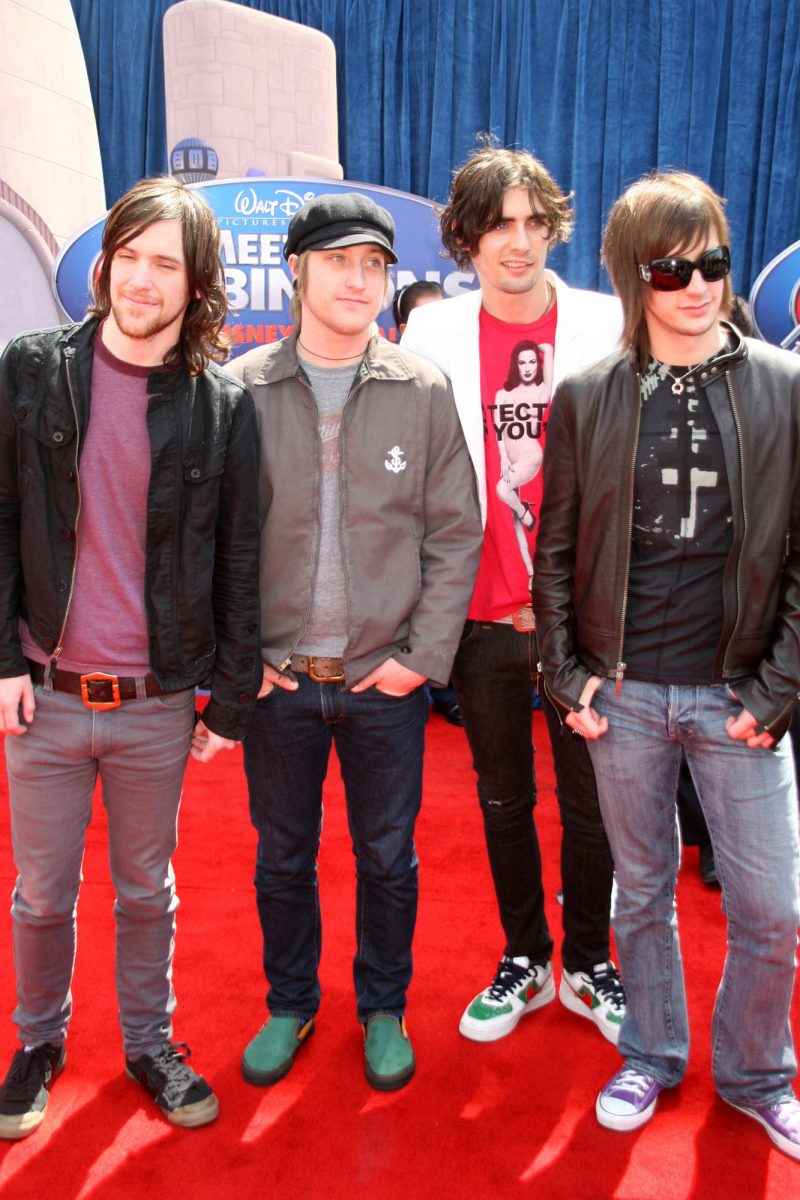
At the dawn of the 21st century, skinny jeans found a new resurgence, particularly among rock and indie musicians. This fresh vision was heavily influenced by bands like Fall Out Boy, Arctic Monkeys, and Panic! at the Disco, who borrowed the slim aesthetic of 1970s icons such as The Sex Pistols and The Ramones.
Inspired by musicians like Brendon Urie and Pete Wentz, teenage boys began to favor girls’ denim jeans as an affordable way to achieve this slim-fit look. At the same time, designer Hedi Slimane’s reign at Dior Homme marked a significant shift in the fashion industry, making skinny jeans a sexy wardrobe essential for both men and women.
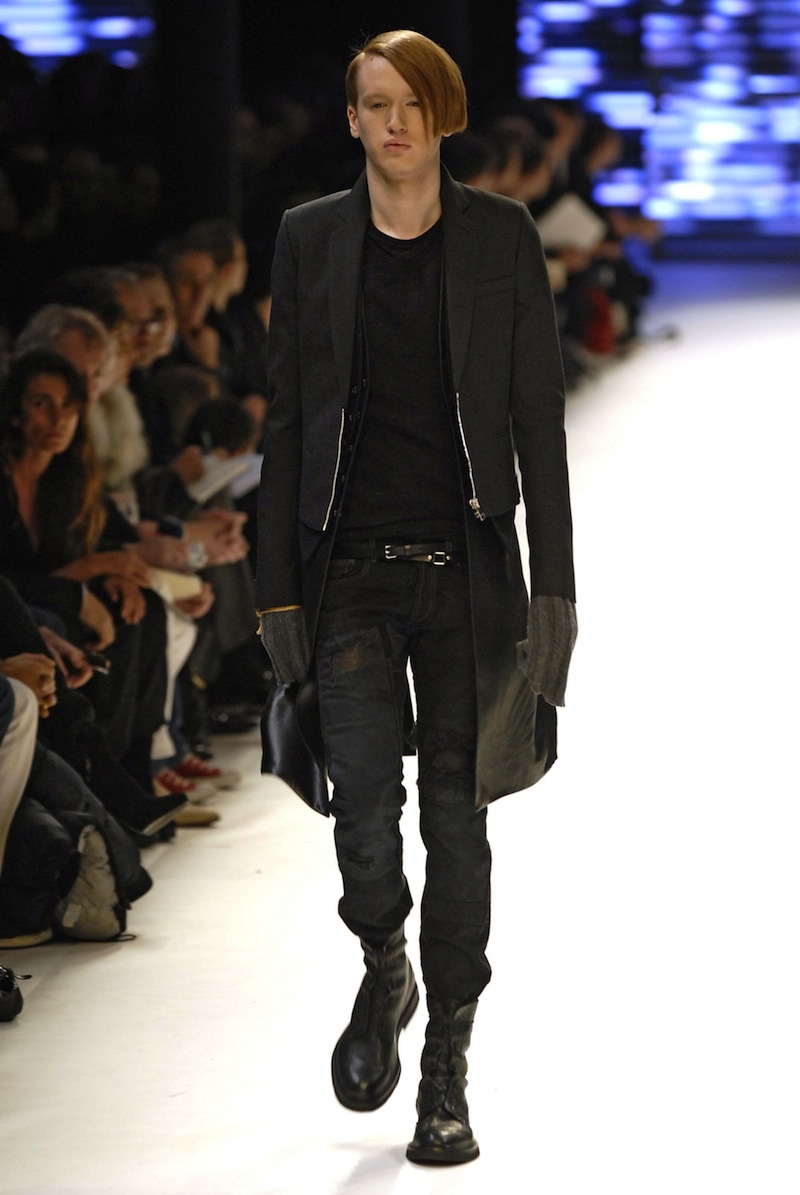
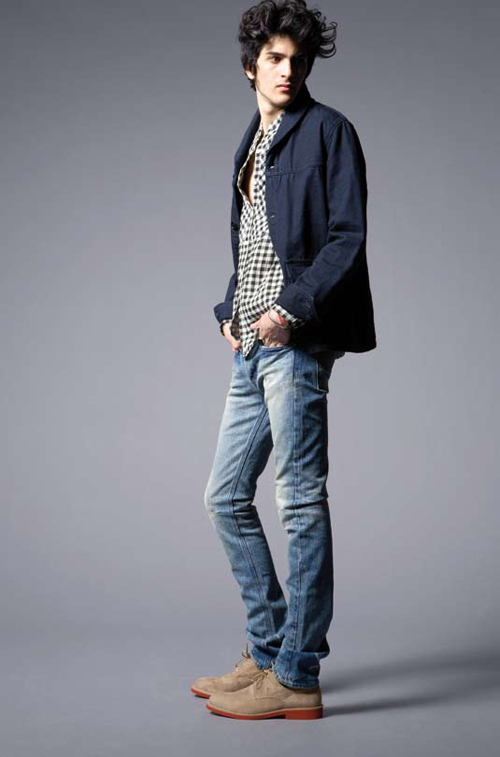
The influence of skinny jeans spread beyond the music scene to permeate mainstream fashion. Brands such as April77 and Cheap Monday were among the early adopters, but it was soon that high-street brands like Topman, Zara, and H&M followed suit.
The integration of cutting-edge styles from European catwalks to fast fashion brands facilitated the wide accessibility of skinny jeans. Influenced by figures like Kanye West, many significant denim brands adopted slim-cut styles, and skinny jeans have maintained a constant presence across various aesthetics, from modern rock to normcore.
Athleisure: Sportswear & Everyday Fashion
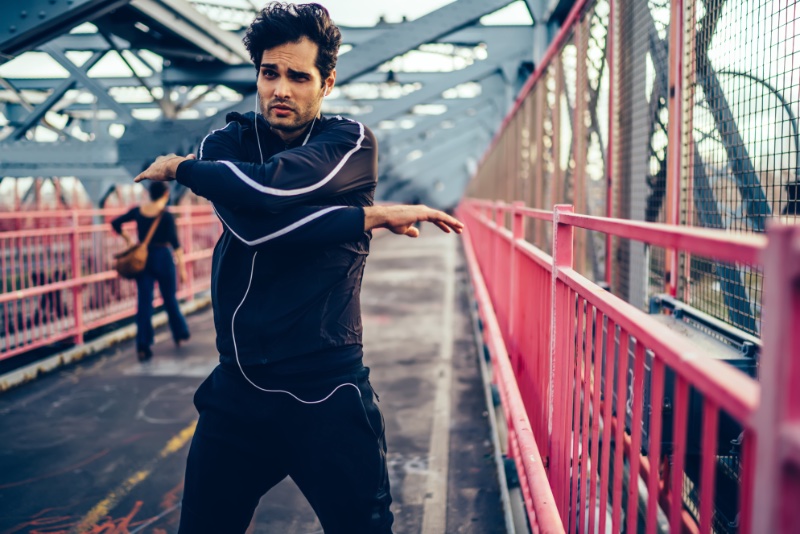
2000s male fashion saw the emergence of athleisure, a trend that blurred the boundaries between sportswear and everyday fashion. This fusion of comfort and style revolutionized the way men approached their wardrobes.
Tracksuits, once reserved for workouts, became a fashionable choice for casual wear. Men rocked slouchy velour tracksuits both on and off the stage, epitomizing the laid-back aesthetic of the decade.
In recent years, athleisure has experienced a resurgence, with brands like Gucci and Lacoste creating modern iterations of the tracksuit. The velour tracksuits have evolved into more tailored and refined versions, offering a comfortable yet stylish option for those seeking a relaxed yet put-together look.
Pop Band Merchandise: Fandom Meets Fashion
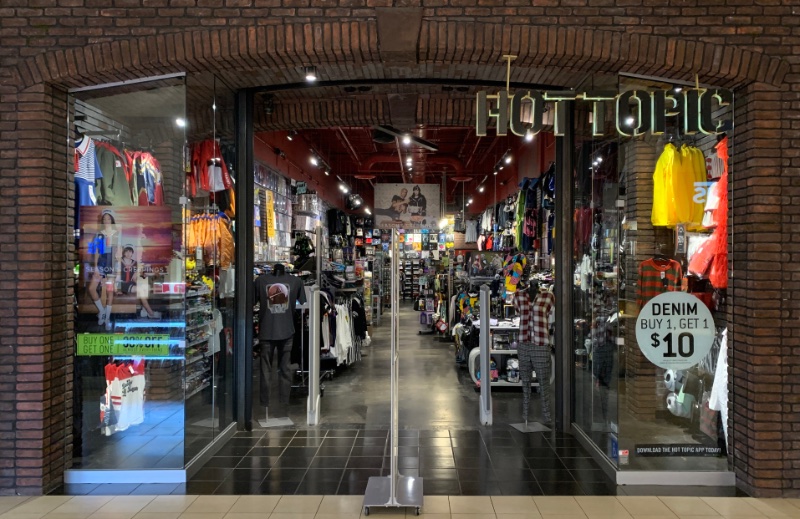
2000s men’s fashion marked the golden era of boy bands and pop-punk groups, sparking a surge in band merchandise that extended far beyond just music. Retailers like Hot Topic found a niche in this cultural wave, becoming sought-after destinations for music fans wanting to express their loyalties via fashion.
T-shirts emblazoned with the names and logos of famous bands like NSYNC, Backstreet Boys, Green Day, and Blink-182 became much more than wardrobe staples—tangible representations of fandom and musical affiliation.
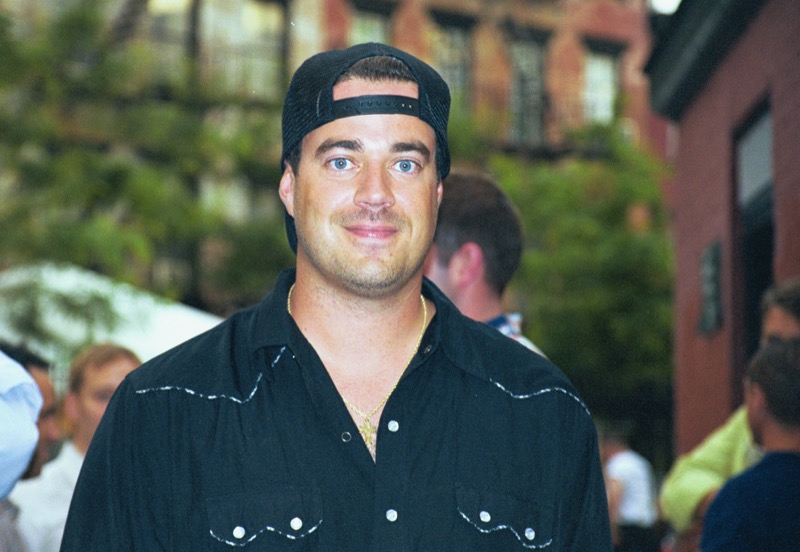
This trend mirrored the cultural zeitgeist of the time, heavily influenced by popular TV programs like MTV’s Total Request Live (TRL). As fans watched their favorite bands and artists on TRL, they were also introduced to the latest band merchandise, spurring them to replicate the style and affiliations of their music idols.
Thus, intertwining the music and fashion landscapes wasn’t merely a fashion statement but a powerful symbol of the era’s music-centric culture.
Hipster Aesthetic: From Flannel Shirts to Skinny Jeans

The hipster movement of the 2000s left its mark on men’s fashion. This stylish subculture was known for its skinny jeans, vintage-inspired flannels, and ironic tees.
The hipster look of this era embodied an anti-fashion statement about individuality and nonconformity. As we moved further into the century, hipster style began to evolve.
Skinny jeans and plaid shirts remain but with a refined touch. Meanwhile, chunky boots and thick-rimmed glasses have become the quintessential hipster accessories.
This continued fascination with hipster fashion underlines its distinctive, authentic appeal. It provides a fashion-forward yet relaxed option for the modern man.
Tinted Sunglasses: A Stylish Throwback
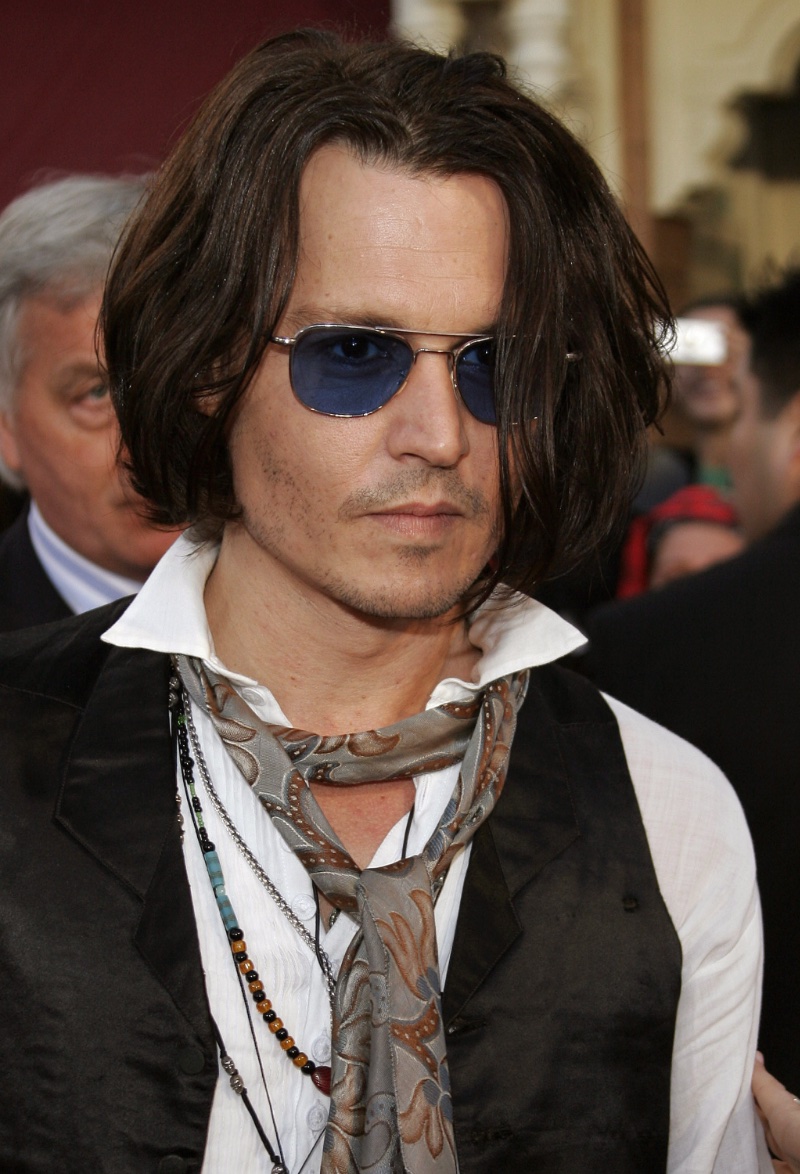
Fashion trends often come full circle, and the 2000s are no exception. Tinted sunglasses, once associated with aging rockstars and celebrities, have made a stylish comeback. What was once considered a dated choice has now become a fashion statement.
These modern spectacles add a touch of retro flair to any outfit, offering protection from the sun and a cool aesthetic. Whether you opt for vibrant colors or subtle tints, tinted sunglasses are a must-have accessory for those looking to channel the spirit of 2000s fashion trends for guys.
American Apparel: Reflecting an Effortless Youth
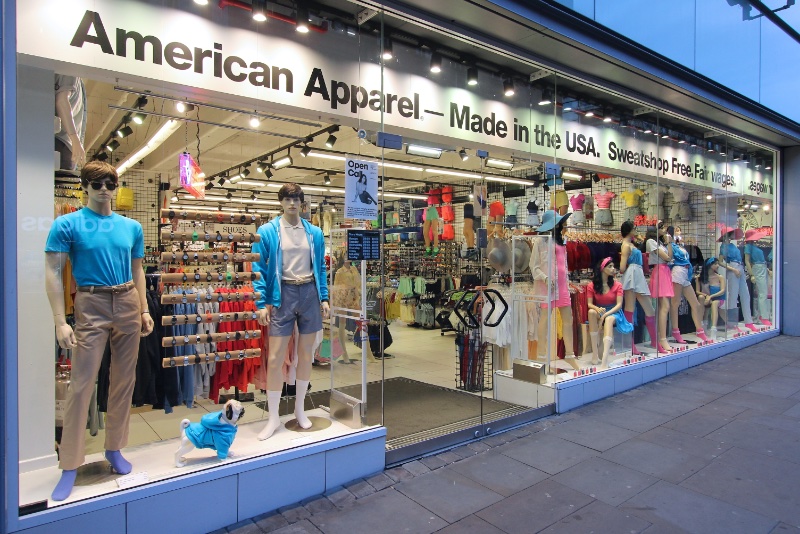
One brand that encapsulated the essence of the 2000s youth culture was American Apparel. Known for its made-in-the-USA ethos and socially conscious manufacturing processes, American Apparel stood out with its basic yet stylish clothing.
Their soft cotton tees, form-fitting hoodies, and high-waisted disco pants became staples of the decade, embodying a distinct blend of casual comfort and understated style. American Apparel’s advertising approach was equally noteworthy.
Eschewing conventional models, they opted for everyday people, further emphasizing the brand’s commitment to authenticity and representation. While American Apparel faced controversy and eventual bankruptcy, its impact on the 2000s fashion landscape remains undeniable. Its spirit of youth and effortless style still influence trends today.
Layering: A Creative Play on Color & Texture
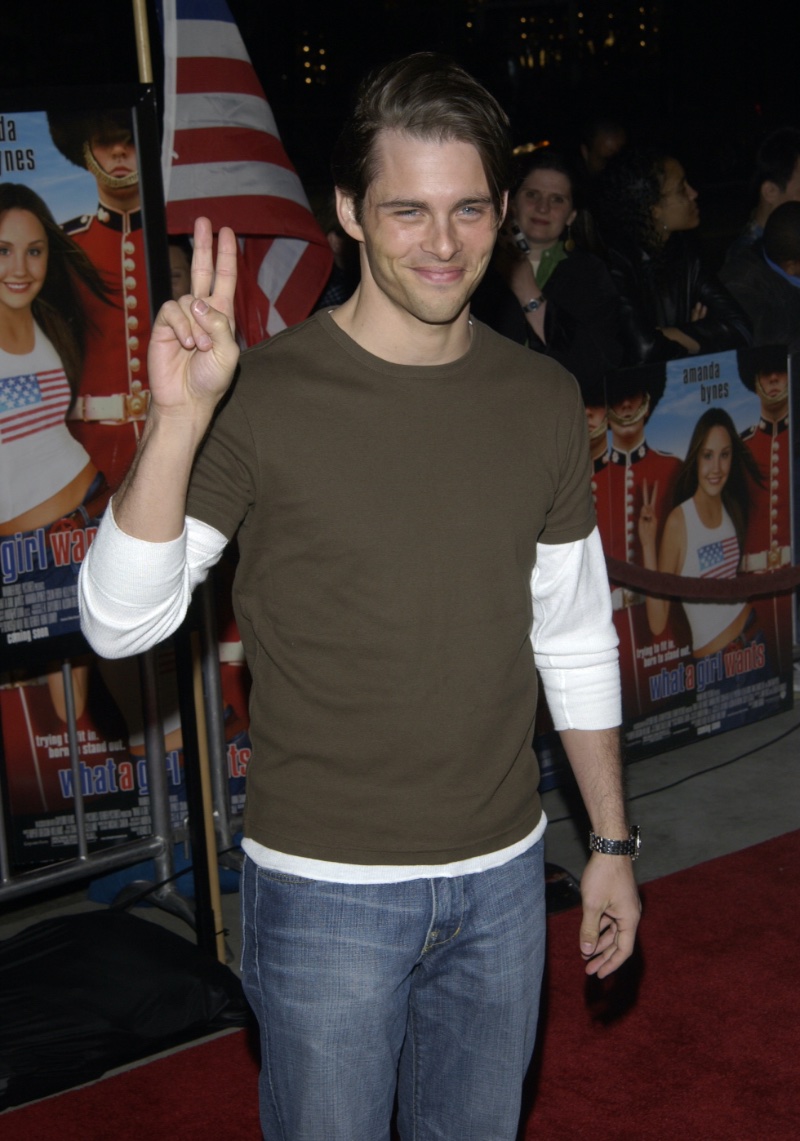
Layering emerged as a prominent trend, offering a creative play on texture and color. It was common to see a short-sleeved shirt paired with a long-sleeved shirt; adding dimension to outfits and combining different materials, patterns, and colors allowed for a high degree of personalization and style experimentation.
Layering provided a way to navigate the ever-changing weather conditions stylishly and practically.
Cargo Pants: From Baggy to Streamlined
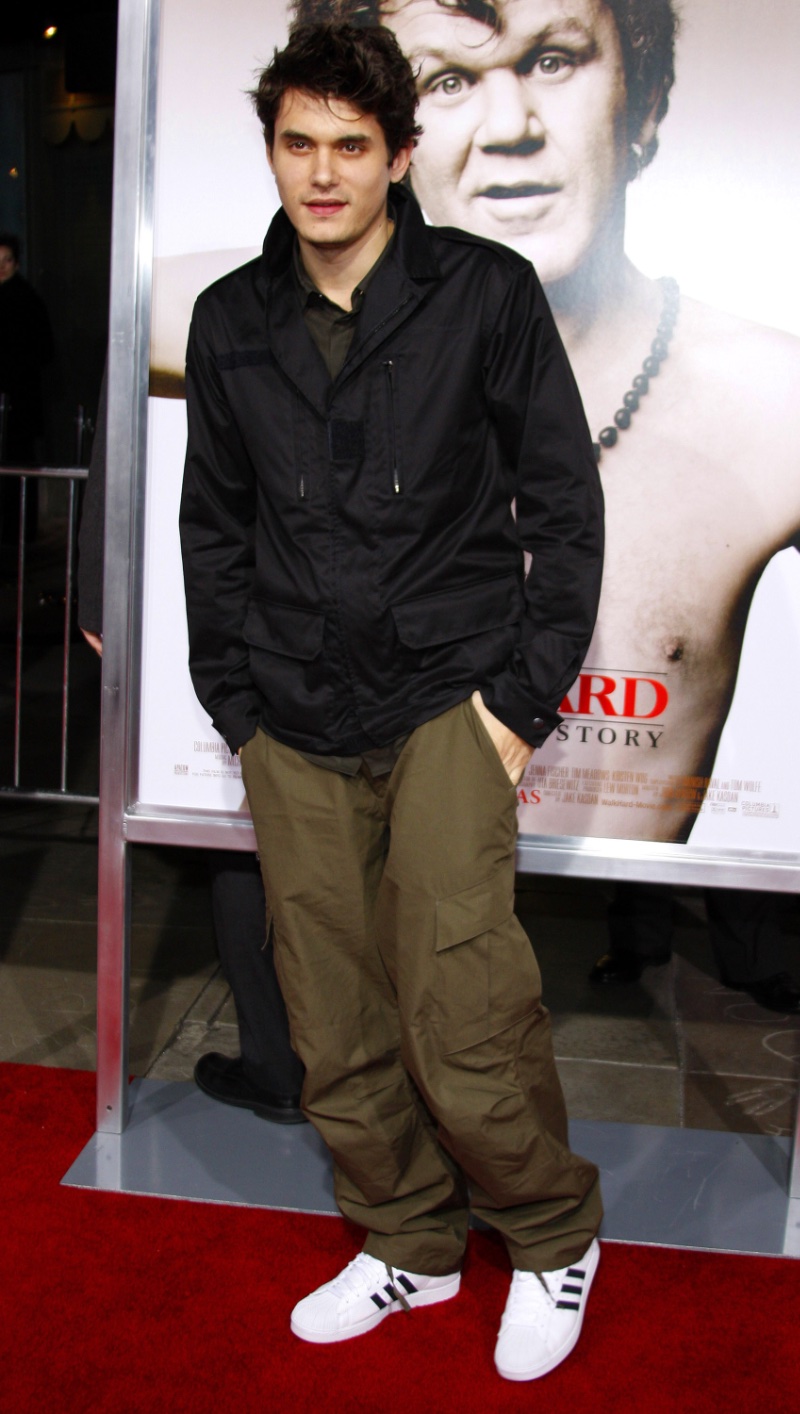
Cargo pants were one of the most divisive fashion choices. While some loved their practicality and utilitarian aesthetic, others deemed them unfashionable.
In recent years, cargo pants have transformed, moving away from the oversized and baggy styles of the past. Today, cargo pants are more streamlined and tailored, offering a modern take on this controversial trend.
Pair them with a simple t-shirt, sweatshirt, and sneakers for an effortlessly cool street-style look.
Converse Sneakers: The Classic Comeback
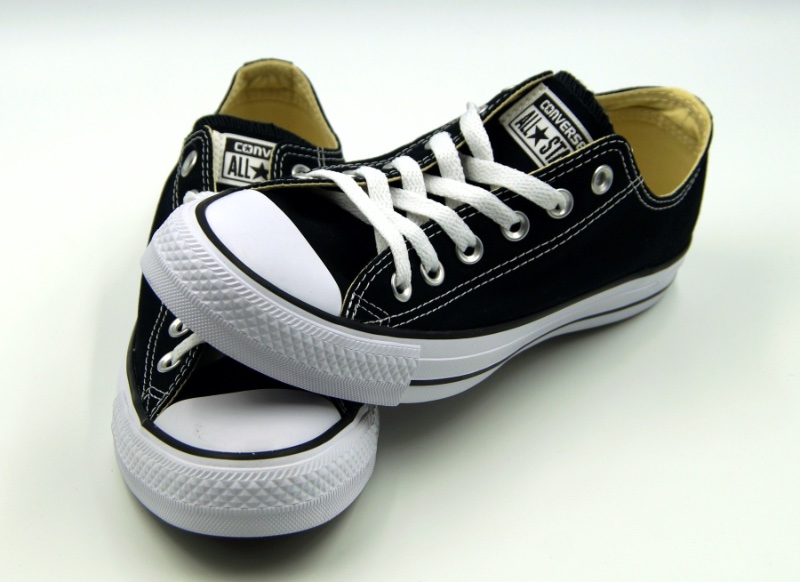
2000s style for men marked the resurgence of Converse All-Stars, a classic sneaker that made its way back into mainstream fashion. These sneakers, known for their distinctive design and comfort, became a staple in men’s wardrobes.
Paired with skinny jeans and shorts, Converse offered a versatile footwear option that blended well with various fashion trends of the era.
The Denim Chronicles: Double Denim & Beyond
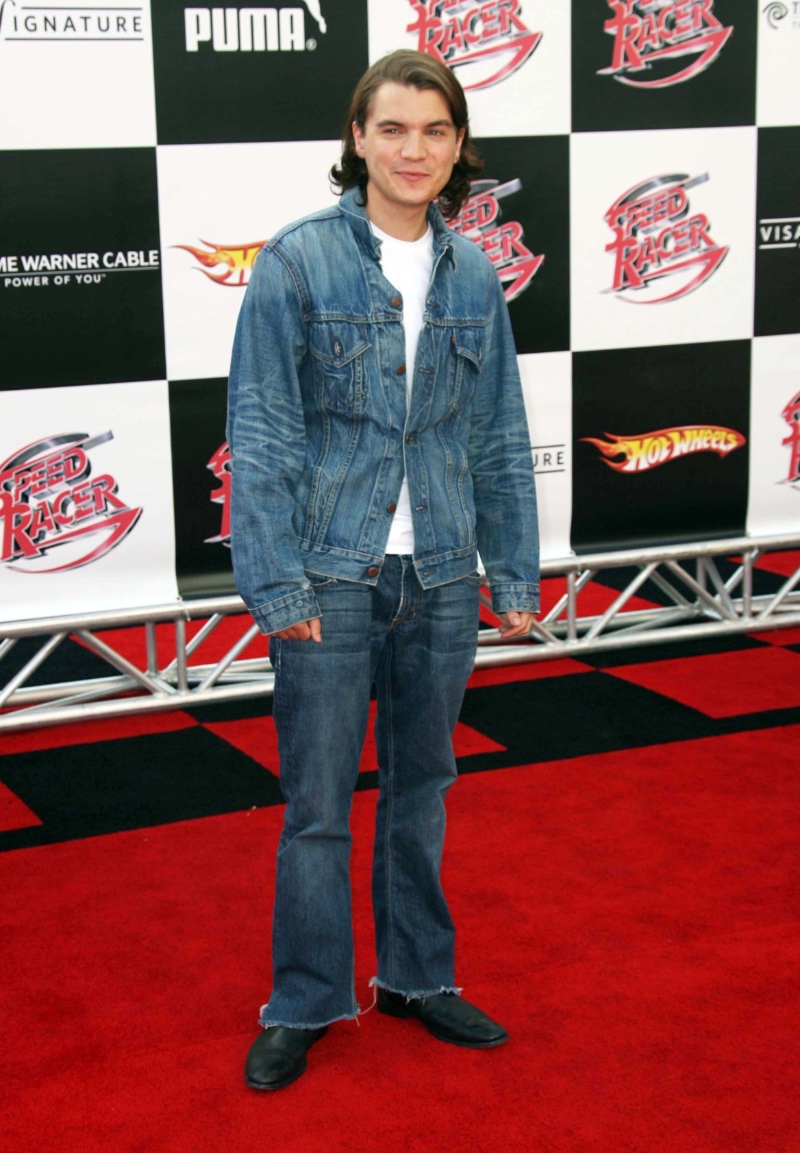
Denim played a prominent role in fashion, with iconic moments like Britney Spears and Justin Timberlake’s infamous head-to-toe denim outfits at the 2001 American Music Awards. While their double denim ensemble may have been a fashion faux pas, the concept of denim on denim has evolved over the years.
Today, the key to pulling off this trend is to ensure contrast in washes or incorporate different denim pieces to break up the look. Opt for a blue jacket with dark wash jeans or a white denim jacket with black jeans for a contemporary take on double denim.
Denim also found its way into other aspects of fashion, including cargo pants and accessories. The decade saw a variety of denim styles, from distressed and ripped jeans to denim accessories like cowboy hats.
While some of these trends may be best left in the past, denim remains a timeless fabric that remains a staple in men’s wardrobes.
Scarves: The Statement Accessory
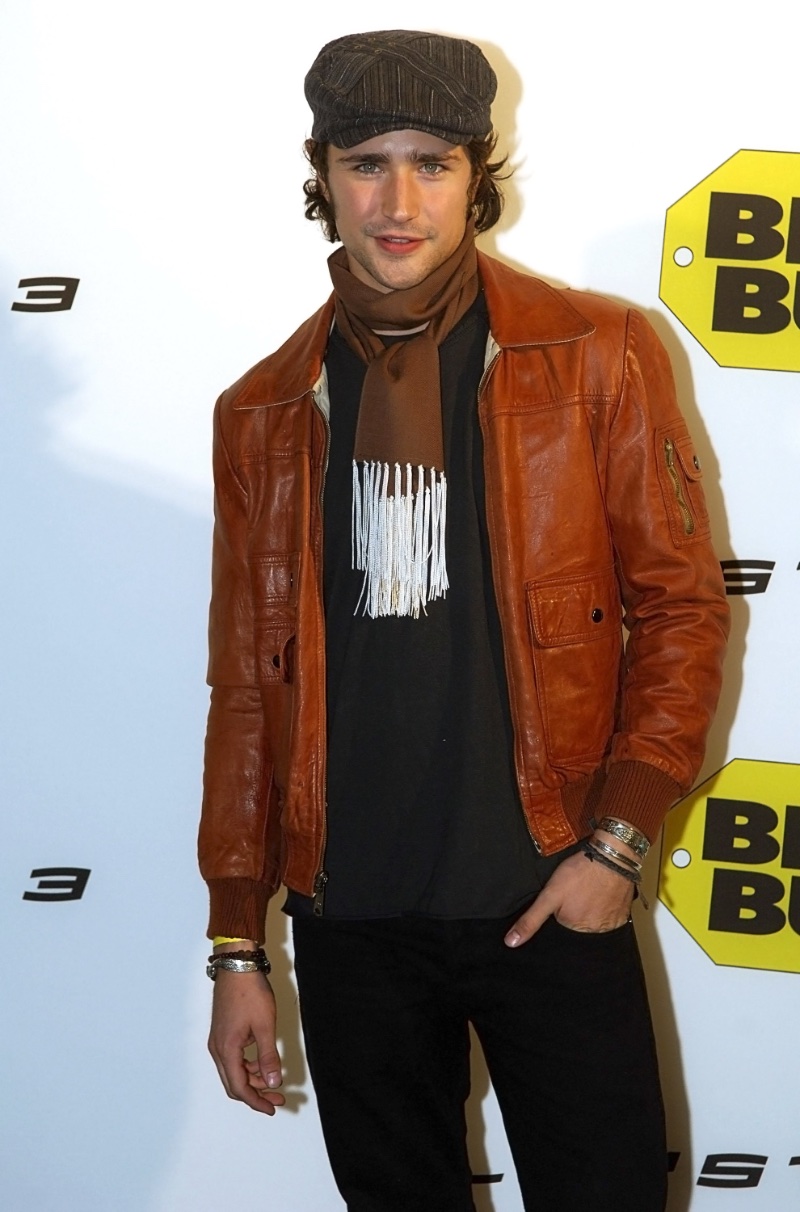
No discussion of 2000s fashion for men would be complete without mentioning the rise of scarf outfits. While scarves have traditionally been used for warmth, the decade saw them used as fashion accessories to elevate outfits.
Lightweight, patterned scarves became a trendy addition to men’s ensembles. They were often seen draped around the necks of stylish men in the city or on university campuses.
This trend even found its way onto the red carpet, with celebrities like Johnny Depp and Kanye West rocking the scarf look. Whether worn with a winter coat or a spring T-shirt, scarves have become crucial accessories in the fashion-savvy man’s wardrobe.
Polo Shirts & the Rise of Abercrombie & Fitch
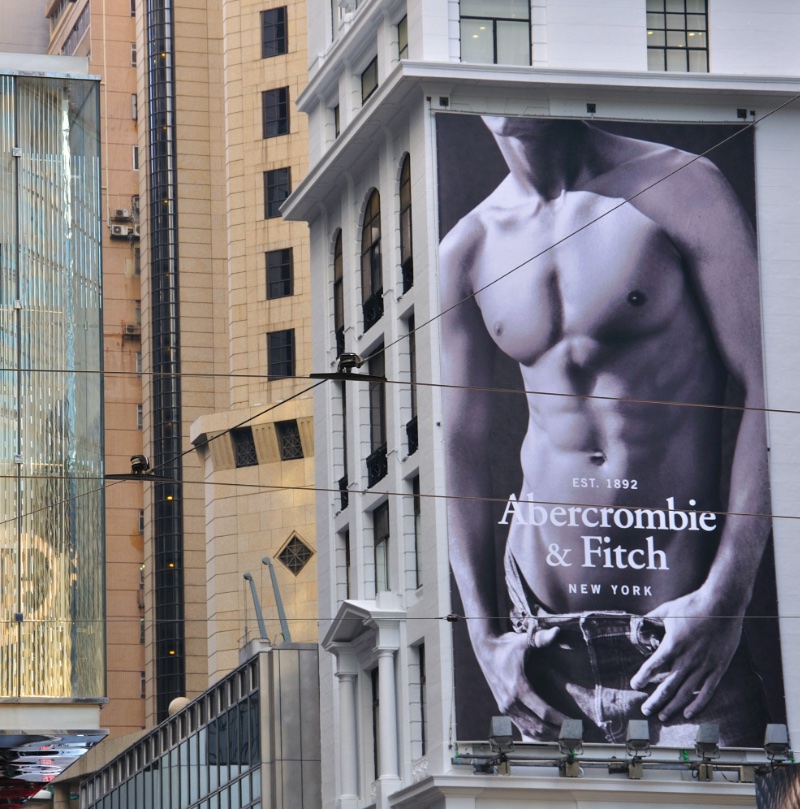
Men’s fashion in the 2000s also saw a notable trend that might not be looked back on with much fondness—the popped collar. Polo shirts, particularly those from brands like Abercrombie & Fitch, were often worn with their collars popped, creating a look synonymous with the decade.
Abercrombie & Fitch’s influence on fashion extended beyond polo shirts. Their stores, often dimly lit and scented with the brand’s signature fragrance, were known for their displays featuring highly aesthetic, athletic models.
Abercrombie & Fitch’s casual wear, including jeans and flip-flops, became part of the 2000s fashion zeitgeist. The brand’s jeans were trendy, offering different styles and fits that catered to the era’s trend of baggy as well as form-fitting denim.
Meanwhile, their flip-flops were a go-to choice for casual footwear, often paired with shorts or cargo pants for a relaxed, laid-back look. Abercrombie & Fitch’s influence during this period highlights the impact of specific brands on shaping and defining fashion trends.
The Pink Revolution: Embracing Millennial Pink
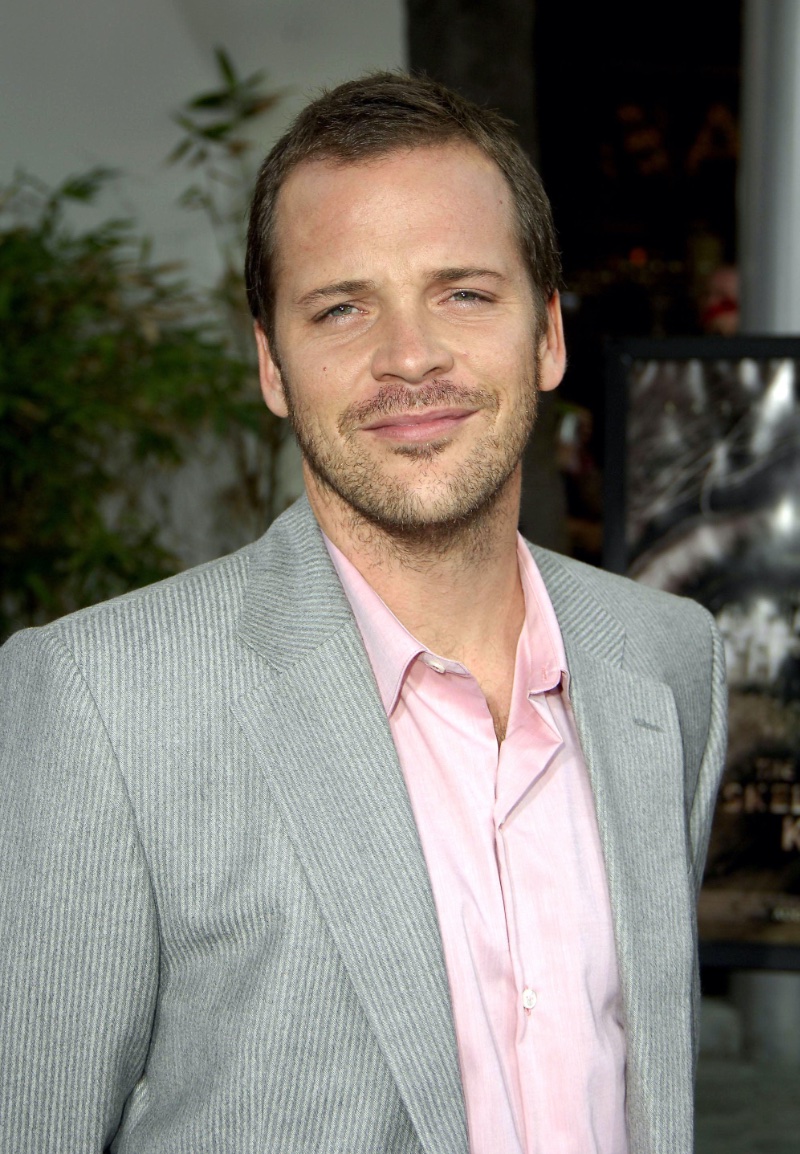
For men’s 2000s outfits, the color pink transformed, shedding its association with femininity and becoming a symbol of style and confidence for men. Men embraced millennial pink in their fashion choices, challenging traditional gender norms and inspiring others to do the same.
Today, millennial pink has become more than acceptable for men, offering a bold and fashion-forward option for those looking to make a statement. Whether it’s a pink shirt or a subtle pink accessory, incorporating millennial pink into your wardrobe adds a touch of vibrancy and individuality.
Skater Revival: From Baggy Jeans to Clean Lines
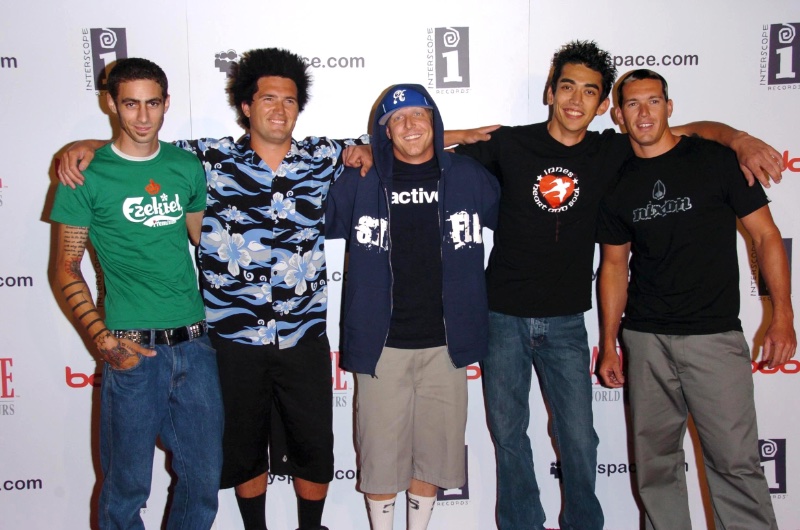
Skate culture has long been a source of inspiration for men’s fashion, and the 2000s were no exception. Baggy jeans, chains, and chunky sneakers characterized the skater look of the decade.
In recent years, the skater style has evolved into a cleaner and more refined silhouette. Baggy jeans have given way to slimmer cuts, while Vans remain a go-to footwear choice.
This renewed interest in skater fashion offers a versatile and stylish option for those looking to embrace a laid-back, effortlessly cool aesthetic.
The Bucket Hat Comeback: A Blast from the Past
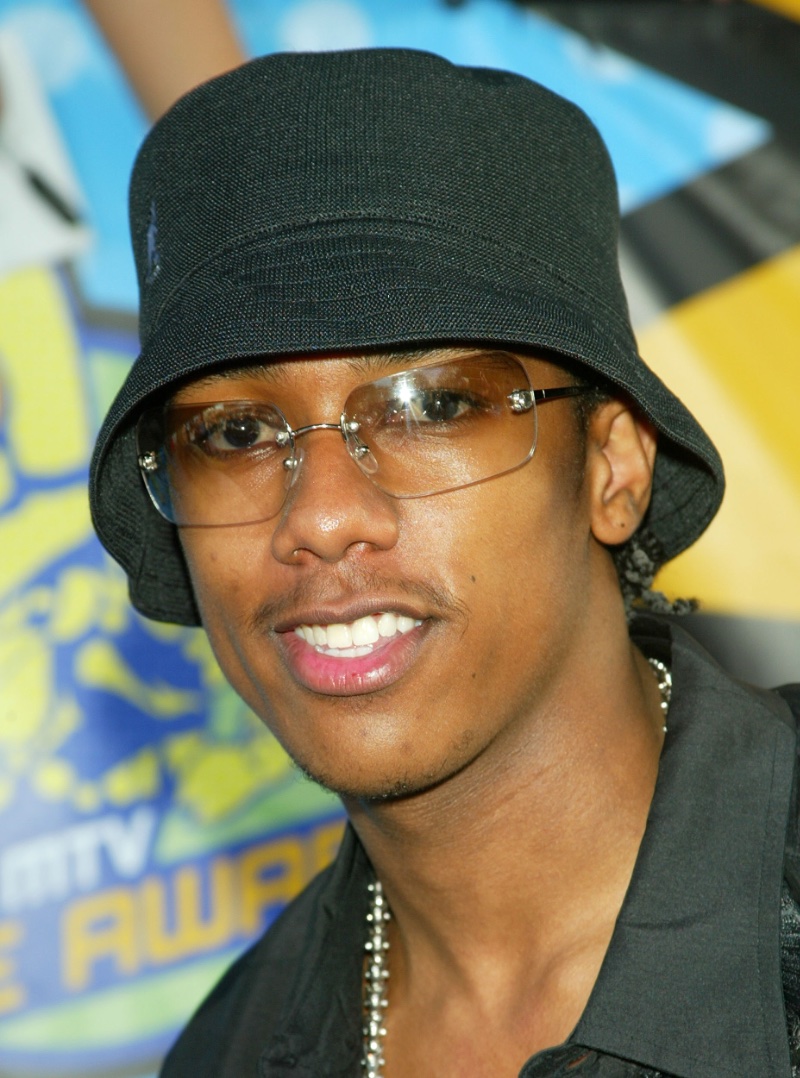
Once a staple of 90s hip-hop fashion, the bucket hat experienced a resurgence. Popularized by artists like LL Cool J, this accessory became a mainstream fashion statement.
Today, the bucket hat remains popular among fashion enthusiasts, blending nostalgia and contemporary style. Whether you’re channeling the 90s hip-hop scene or adding a casual flair to your outfit, the bucket hat is a versatile accessory that continues to make a statement.
Colored Jeans: Brightening the Denim Scene
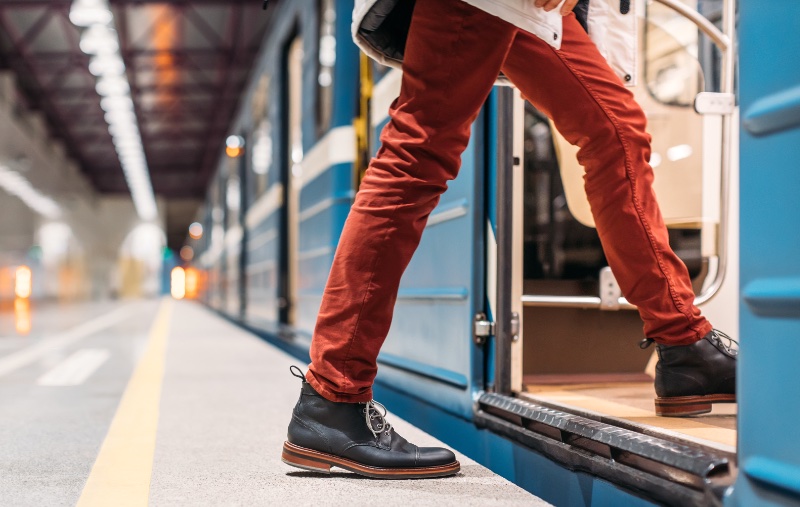
In the mid to late 2000s, colored jeans splashed on the men’s fashion scene, breaking away from the traditional blues and blacks. Men sporting jeans in bright reds, yellows, or pastel shades were not uncommon.
This trend added a pop of color to any outfit and allowed men to express their individuality through their choice of denim. The versatility of colored jeans meant they could be paired with simple tees, patterned shirts, or cardigans for a stylish look.
Whether you were heading to a concert or a casual hangout, colored jeans provided a fun and fashion-forward alternative to traditional denim.
Throwback Jerseys: A 2000s Fashion Staple
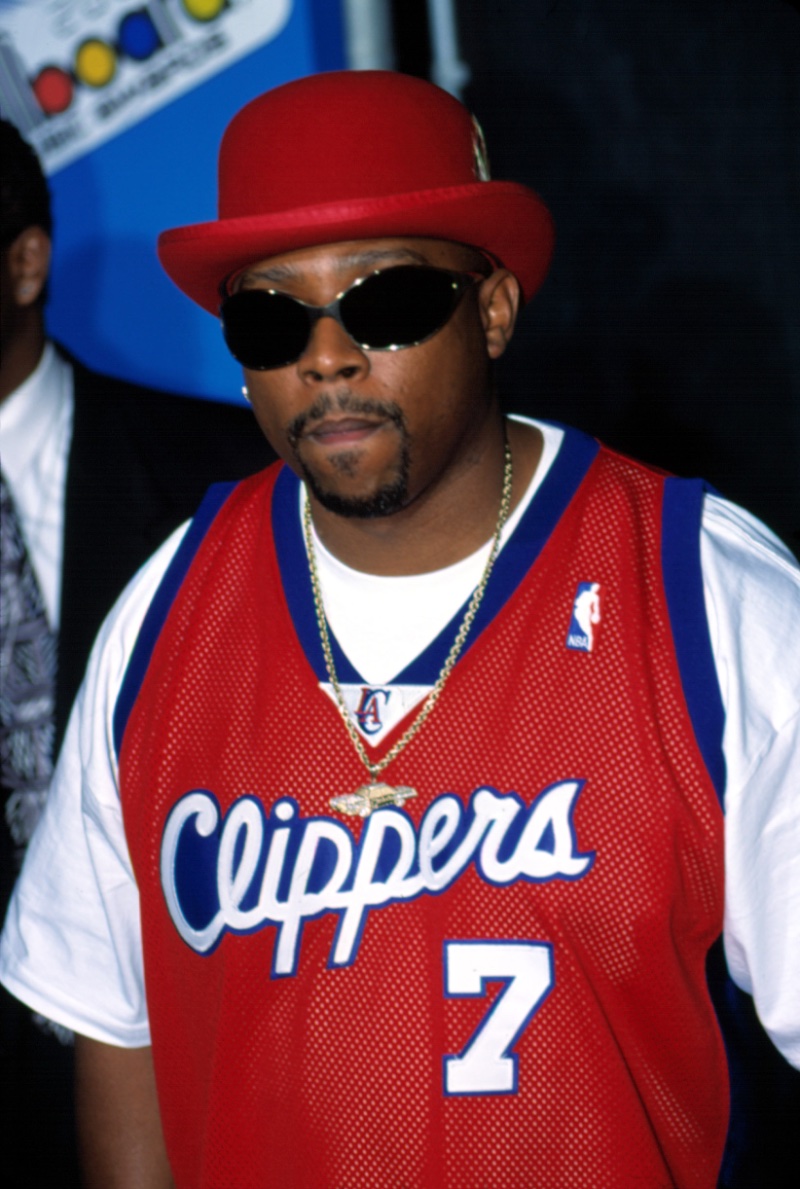
Throwback jerseys were an ideal fashion choice. These jerseys captured the decade’s spirit, from Nelly’s music videos to NBA players sporting retro uniforms.
Brands like Mitchell & Ness capitalized on nostalgia, creating a niche market for retro sports jerseys that quickly gained popularity. While the trend may have reached its peak saturation, the classic appeal of throwback jerseys remains timeless.
Whether you’re a sports fan or appreciate the vintage aesthetic, incorporating a throwback jersey into your wardrobe adds a touch of nostalgia and individuality to your style.
Cardigans: The Reinvention of a Classic
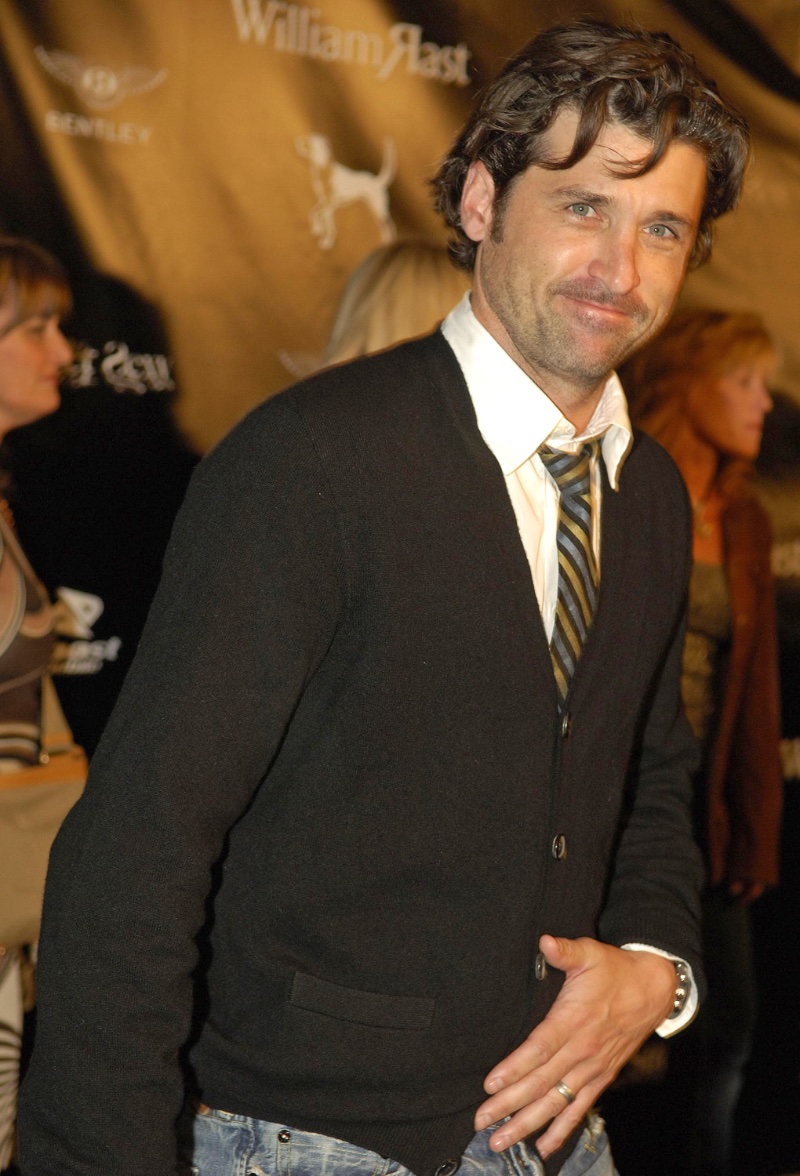
In the 2000s, men’s fashion saw the reemergence of a timeless wardrobe staple—the cardigan. Previously seen as a staid and conservative clothing item, the cardigan underwent a style evolution.
Slimmer fits, chunkier knits, and a more comprehensive array of colors transformed the cardigan into a must-have fashion item for men. Layered over t-shirts, button-down shirts, or buttoned-up for a more refined look, cardigans offer versatility and add a touch of sophistication to casual outfits.
Notable brands like H&M and American Apparel championed this trend, further propelling its popularity among fashion-conscious men.
A Fusion of Y2K & 90s Influences
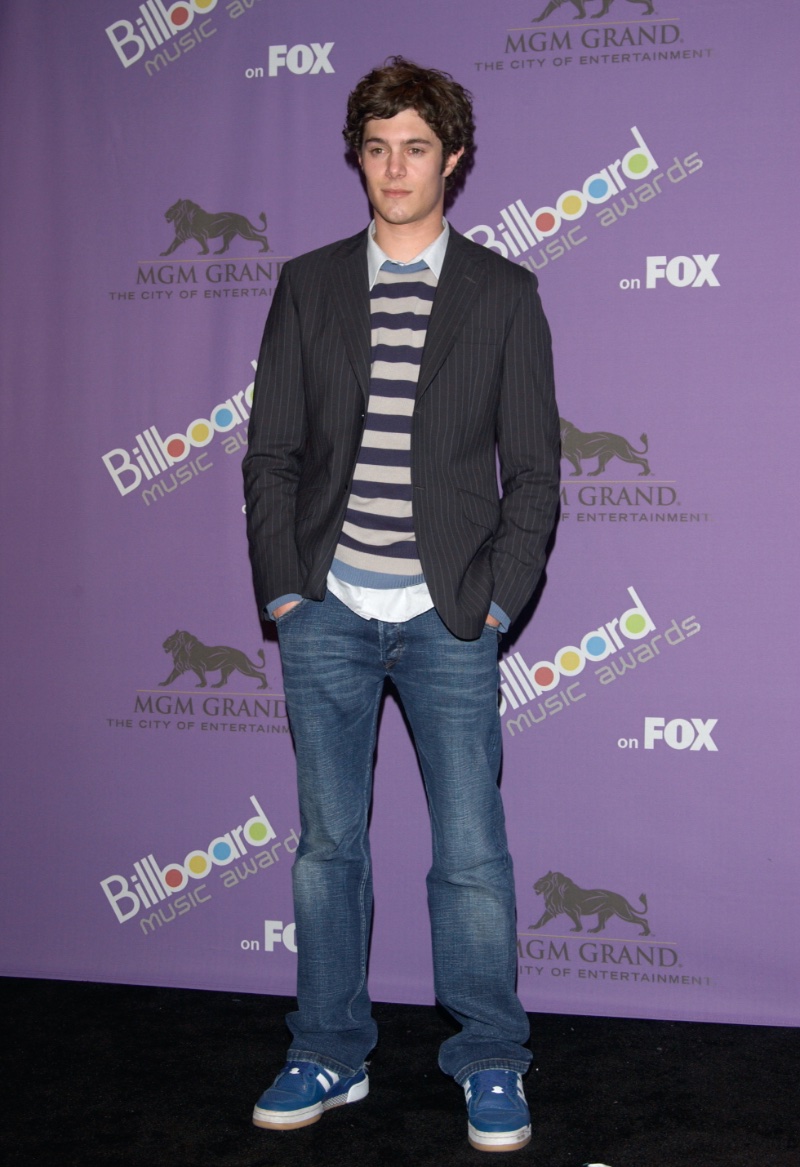
As we reflect on the fashion trends of the 2000s, it’s impossible to ignore the influences of the previous decade. The 90s, with its grunge, hip-hop, and alternative rock scenes, left an unforgettable mark on 2000s fashion.
From flannel shirts and ripped denim to oversized outerwear and combat boots, the 90s aesthetic seamlessly blended with the decade’s evolving styles. Today, we see a resurgence of Y2K and 90s-inspired fashion, with influencers and fashion enthusiasts embracing the nostalgia and individuality these eras represent.
From retro sneakers and graphic tees to baggy jeans and statement accessories, the fusion of past and present offers a unique and personal style statement.
Nostalgia for 2000s Style
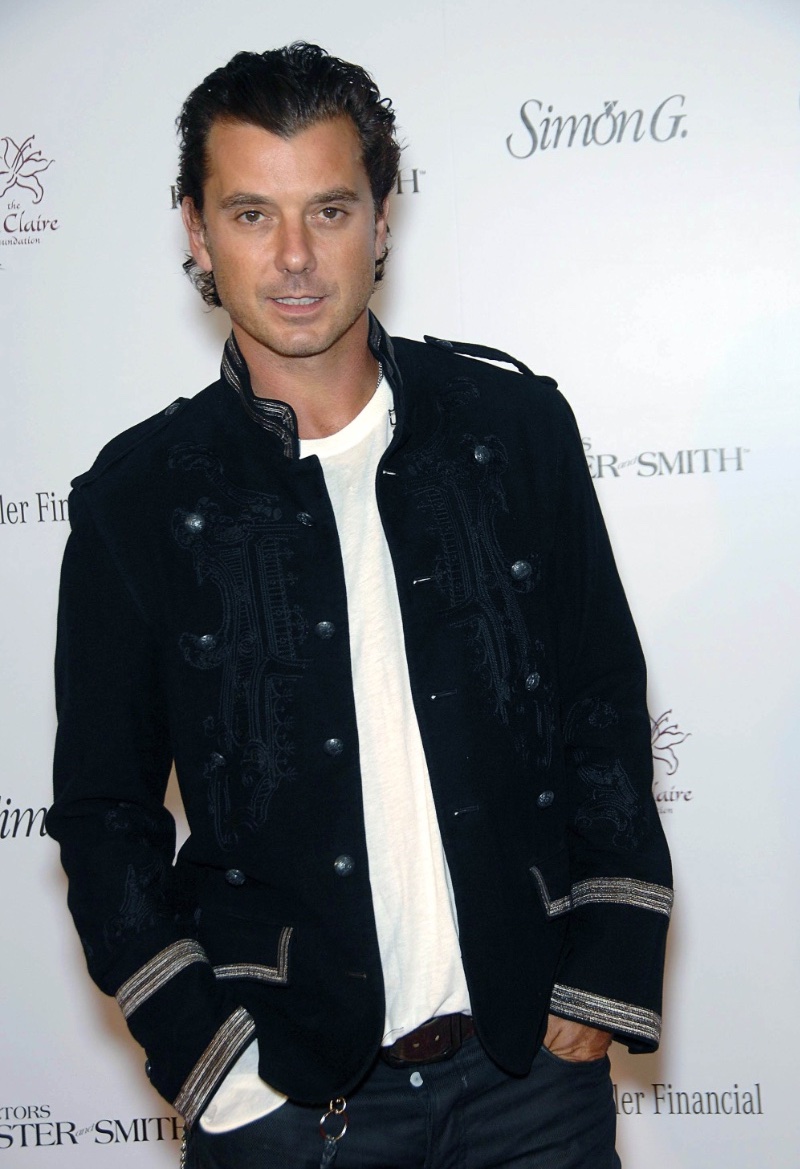
The 2000s were a decade of experimentation and self-expression, where fashion trends reflected the diverse cultural landscape of the time. From streetwear and athleisure to denim and nostalgic throwbacks, the fashion choices of the decade continue to inspire and influence today’s style.
Whether you embrace the boldness of all-over prints, the comfort of athleisure, or the nostalgia of throwback jerseys, the key is to make these trends your own. Fashion is ever-evolving, and the 2000s outfits for men serve as a reminder that personal style should reflect your individuality and creativity.
